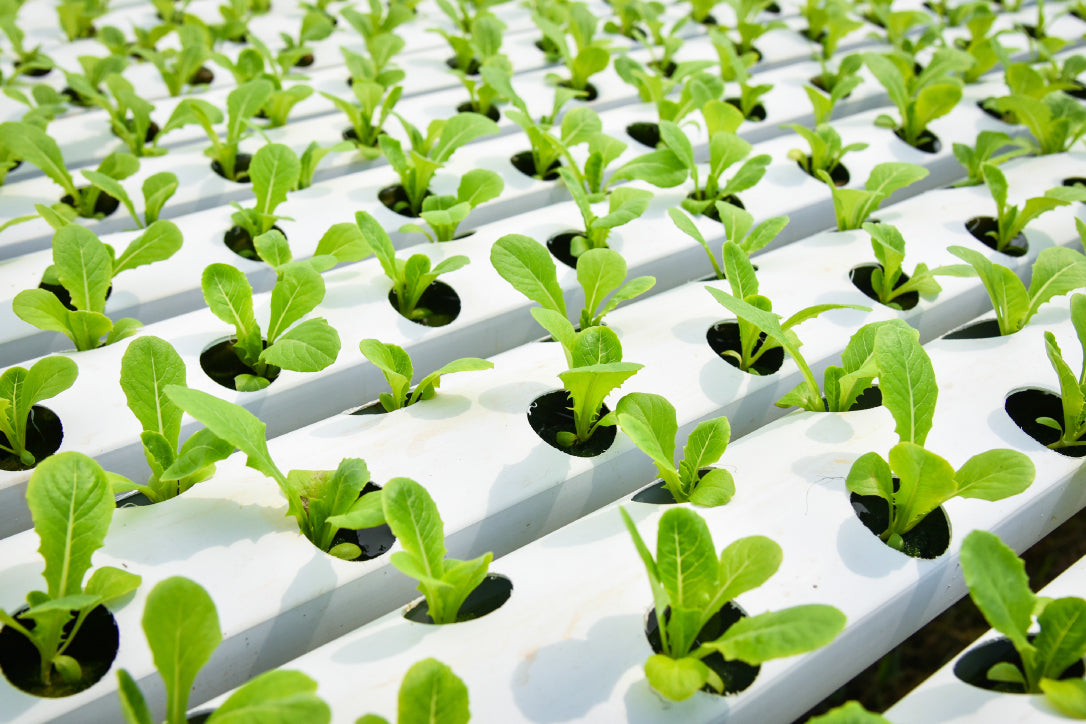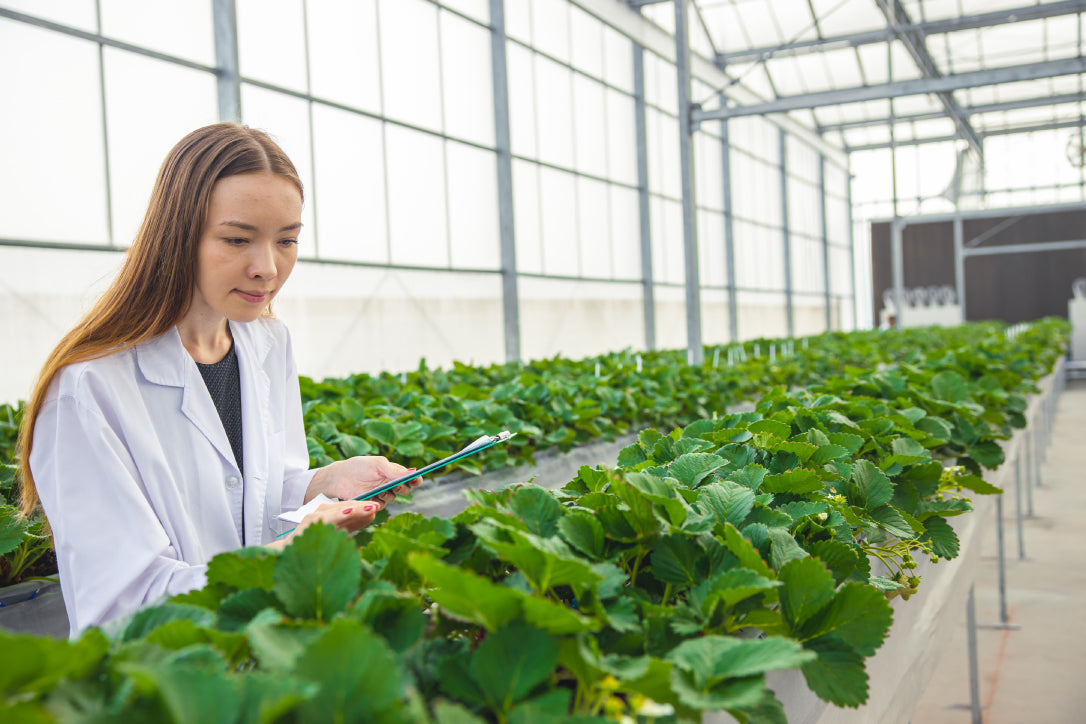In a world increasingly focused on sustainable food production and efficient agriculture, soil-less farming methods like aquaponics and hydroponics are taking centre stage. These systems, although promising, require meticulous monitoring and management—a perfect application for Internet of Things (IoT) technology. In this post, we will explore how IoT is setting new benchmarks in smart monitoring for aquaponics and hydroponics.
Understanding Aquaponics and Hydroponics
Aquaponics:
A symbiotic blend of aquaculture and hydroponics, where waste from aquatic animals nourishes plants, and the plants purify the water in return.Hydroponics:
The art of growing plants without soil, using nutrient-rich water, offering more precise control over nutrient intake.

the benefits of this style of farming
Aquaponics and hydroponics offer several compelling advantages over traditional soil-based farming, including greater resource efficiency, particularly in water usage. These soil-less methods also allow for farming in smaller spaces, even vertically, making them ideal for urban settings. With a controlled environment, these systems yield faster-growing, healthier plants and reduce the risks of soil-borne diseases and pests. Additionally, aquaponics provides a sustainable protein source through fish farming, making these methods an innovative solution for more sustainable and efficient food production.
Why Smart Monitoring is Essential
Maintaining optimal conditions like water temperature, pH levels, and nutrient concentration is crucial for the success of soil-less farming systems such as aquaponics and hydroponics. Modern systems take this a step further by also requiring the monitoring of intricate variables like ammonia content, water levels, and fish feed. Inconsistent or inaccurate monitoring can lead to unfavourable conditions for both plants and fish. Smart monitoring of energy usage also plays a vital role in resource efficiency. By continually optimising conditions, these systems not only ensure the health of the plants and fish but also minimise waste and reduce energy consumption.
Transforming Agriculture with IoT
Real-Time Data & Automation
IoT-enabled sensors continuously monitor a range of parameters, from basic factors like temperature to more advanced metrics such as ammonia levels. This data is accessible in real-time through cloud-based platforms like Nvirosense, allowing for immediate interventions.
By leveraging the power of automation and remote monitoring, these systems enable real-time adjustments to be made effortlessly. This not only eliminates the need for manual intervention in routine tasks but also enhances productivity and minimizes the risk of human error.
Intelligent Algorithms
These IoT systems are not just data gatherers; they're decision-makers. Smart algorithms can automate processes such as turning grow lights on/off and regulating water flow, reducing the need for manual labour while maintaining optimal conditions.
Data-Driven Decisions
IoT technologies enable real-time analytics, forecasting water needs, and predicting potential equipment failures. This proactive approach allows for targeted interventions, reducing the risk of system failure.
Operational Insights and Maintenance
IoT analytics are capable of synthesising diverse data sets to provide recommendations on optimal harvest dates, feeding patterns, and more. This not only boosts productivity but also aids in effective cost management.
By employing advanced machine learning algorithms, our systems offer predictive analysis capabilities that forecast future operational conditions with a high degree of accuracy. This proactive approach yields valuable insights, enabling preventive measures that mitigate risks like equipment failure and system inefficiencies.

The future of farming
"Embracing IoT in soil-less farming systems is more than a technological upgrade; it's a paradigm shift in how we think about agriculture, sustainability, and food security."
IoT's integration into aquaponics and hydroponics marks a revolutionary leap in sustainable food production. As this technology evolves, it will continue to make these systems smarter, more efficient, and remarkably self-sufficient, offering a viable solution to some of the world’s most pressing agricultural challenges.





